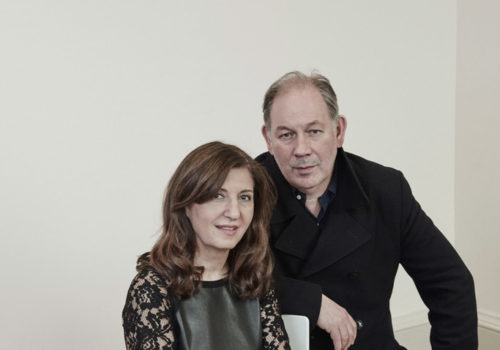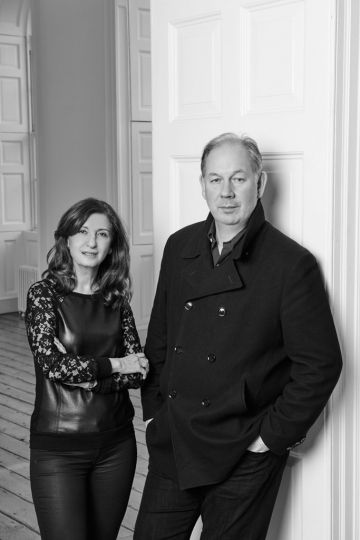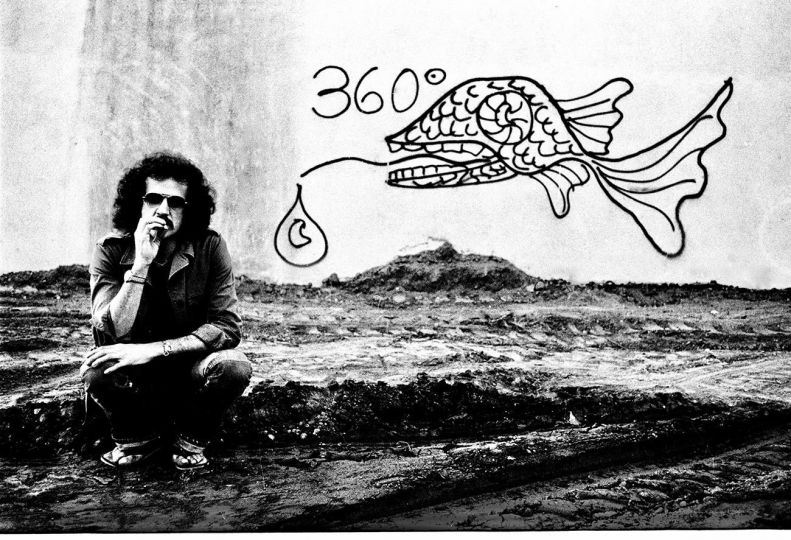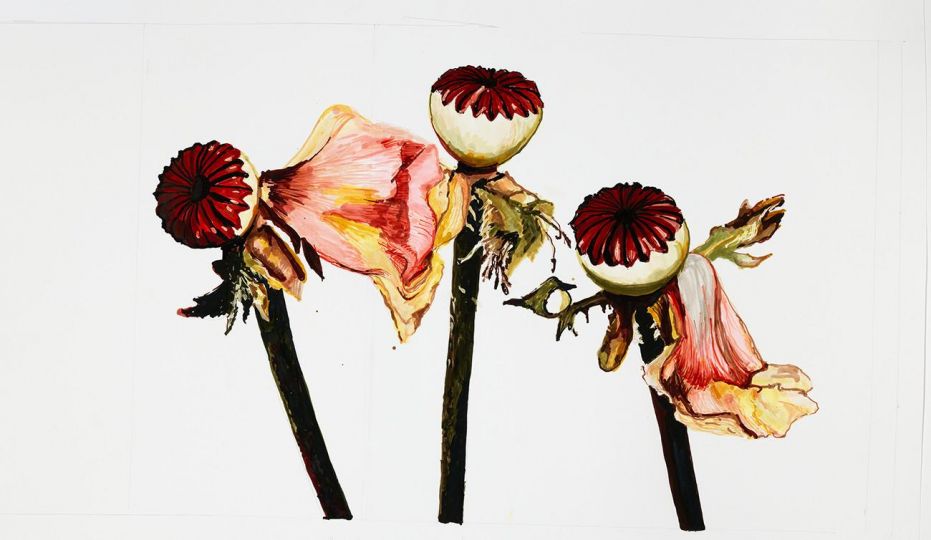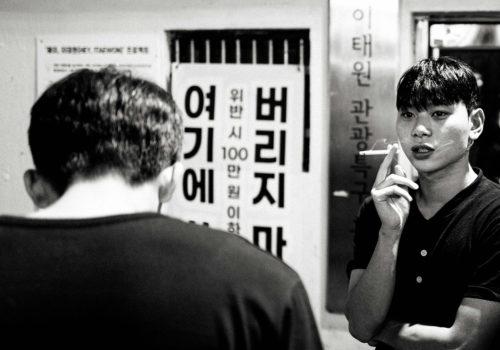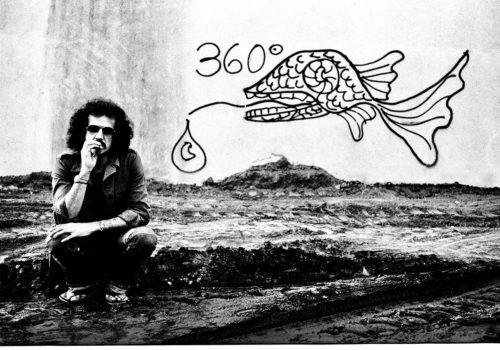Few days before the opening of Photo London, our journalist Marie de la Fresnaye met directors of the fair : Fariba Farshad and Michael Benson. Here is the interview.
1 Strategy and general orientations of PhotoLondon 2016
What is new and conforting for this 2nd edition of Photo London ?
A great deal. To start with we have constructed a beautiful Pavilion in the Fountain Court at Somerset House. We have also created a new space that we call the Annex. Together they have allowed us to add another fifteen galleries. We have also created a new space for publishers and the Auditorium a new dedicated space for our talks programme.
Why is London a special hub for photography and contemporary art ?
Because alongside New York and Paris it is one of the world’s foremost cultural capitals. London is widely regarded as the first truly global city. The extraordinary, cultural diversity of the city has meant that it has, for decades, been a crucible of creativity in music, literature and visual arts.It is not remotely surprising that London has built on its preeminence in contemporary art by embracing photography. It is after all in London where the word ‘photography’ was first coined. The only surprise is that this embrace was so long in coming!
How Photo London is becoming a platform for a large spectrum of photographic practises, from emerging to more leading ?
From the outset Photo London has sought to develop exactly this approach. We are not simply a platform for the world’s leading galleries but also a showcase for emerging galleries and artists. We are delighted to be a platform for the recognition of young talents through our such initiatives as our own Photo London/John Kobal residency award and the Magnum graduate awards.
What are the main focuses of the public programme supported by the Luma Foundation this year ?
We share with the LUMA Foundation a desire to create a year-long city-wide festival of photography with Photo London as its hub. This year there are over forty satellite events during the week of Photo London. On the Photo London campus we will hold thirty three talks featuring many of the world’s best photographers, curators and critics. There will be four major exhibitions. One featuring this year’s Master of Photography Don McCullin, produced in association with Hamiltons. The others feature the work of Sergey Chilikov ( from the Multimedia Art Museum, Moscow), Craigie Horsfield ( with the Wilson Centre for Photography) and a special exhibition on street photography with Matt Stuart and a group of younger artists Bredun Edwards, Marina Sersale and The Lurkers. Our screening programme includes films on Mapplethorpe, Vivian Maier and Bill Cunningham and we will feature special installations by Walter&Zoniel, Martin Parr and Wolfgang Tillmans. And finally we will, each evening, run our pioneering music and photography events – the Deadhouse Sessions.
What are the trends you have noticed through the works and artists being presented by the participating galleries ?
I am not sure that the ‘trend’ question is really the right one. It is true that there has been an increase this year in galleries presenting fashion and documentary photography and there are many artists who are pushing the boundaries of what photography can be by using found images or new technology or creating semi-sculptural forms. There is a strong trend towards collecting vintage photography (and it is pleasing to see a corresponding increase in galleries bringing this work) plus a slightly smaller move by some younger artists towards experimentation with early photographic techniques. However, this is an exciting, febrile time for photography. There is a huge energy at work and we appear to be moving in several different, sometimes contradictory directions at once. The work the galleries are bringing reflects this energy and diversity.
How the “new landscape in photography” is impacting the direction the market is taking ?
We have witnessed the emergence of a new group of young collectors who have come to photography as an accessible and affordable means of starting a collection.Although it is a terrible generalisation they tend to be bright, savvy young professionals who have recognised that for the price of a single major piece of contemporary art they can build a very strong photography collection. The great collectors remain a significant force and a have a profound effect on the market but this younger, more populous, group represent its future.
2 Benchmark and organizing issues
AIPAD is a “Club”, Paris Photo has a selection committee…Could you tell us how Photo London works?
We have a selection committee made up of photography professionals. None of them are dealers.
How much for a booth?
Prices vary depending on location. The range is between £300 – £525 per square metre.
How would you rate the outcome of the 2015 edition?
It exceeded our expectations and, importantly those of our dealers. Many sold well. Most meet new clients with whom they have stayed in touch over the year. Those who didn’t come applied very early this time around. One of them told me ‘You pulled a rabbit out of a hat! I had no idea the hat existed and certainly didn’t expect to find a rabbit inside!’
Why there are so many art fair when Auction houses and galleries meet problems in the art market?
Because the model seems to work. One dealer described art fairs – as ‘a necessary evil’ I’ll accept the necessary bit but ‘evil’ – never…at least not at Photo London which we like to think of as the antidote to art fairs
What is the place of Internet and social networks for photo collection? and who are the new collectors?
On line sales seem to work up to a certain point. Say if collectors are spending a few thousand pounds? After that people actually need to see the work!
FAIR
Photo London
From 19 to 22 May, 2016
Somerset House
Strand
London WC2R 1LA
United Kingdom
+44 (0)20 7759 1169
[email protected]
http://photolondon.org

